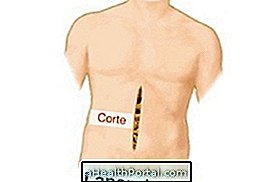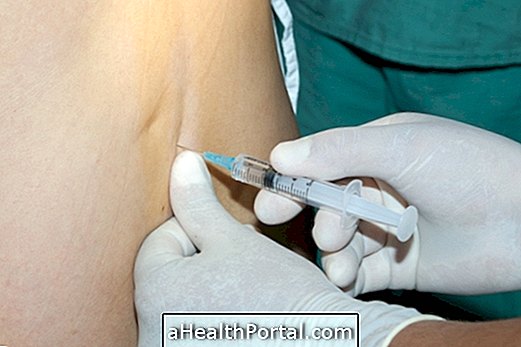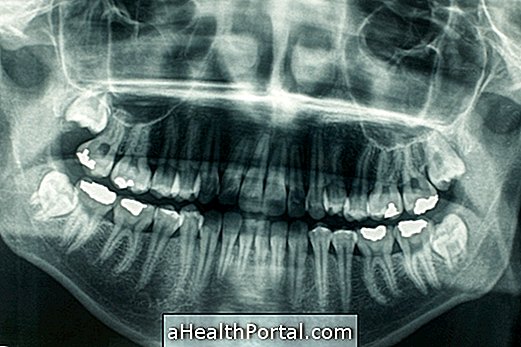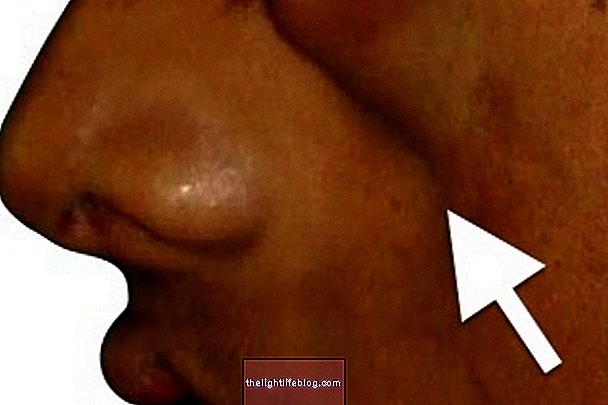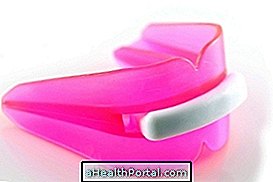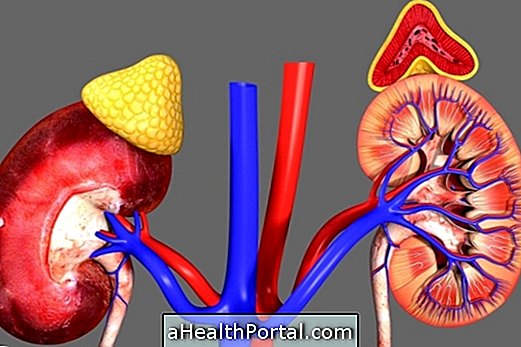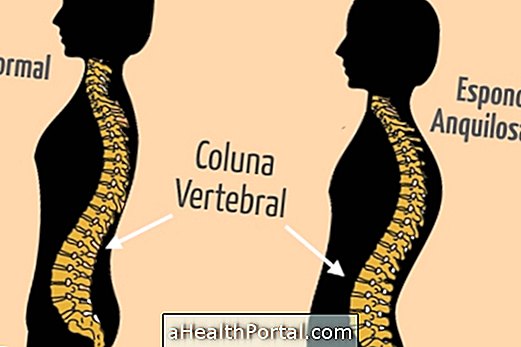The tricotomy is a pre-surgical procedure that aims to remove hair from the region to be cut to facilitate the visualization of the region by the doctor and avoid possible infections after surgery and, consequently, complications for the patient.
This procedure should be done in the hospital two hours before surgery and by a trained professional, usually a nurse.
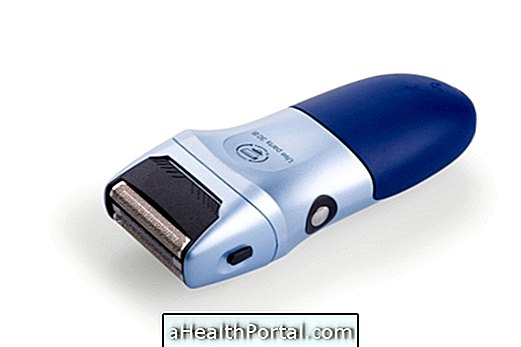
What is it for
The trichotomy is done with the aim of reducing the chances of postoperative infection, since the microorganisms can also be found adhered to the hair. It also makes the area "cleaner" for the doctor to work on.
The tricotomy should be performed about 2 hours before the surgery by a nurse or nursing technician through the use of an electric razor, properly cleaned, or a specific equipment, known as electric trichotomizer. The use of razor blades can cause small wounds and facilitate the entry of microorganisms and, therefore, their use is not very recommended.
The professional indicated to perform the tricotomy should use sterile gloves, scissors the larger hairs and then, with the use of the electric apparatus, remove the rest of the hairs in the opposite direction of their growth.
This procedure should only be performed in the region where the surgery will be cut, and it is not necessary to remove hair from more distant regions. In normal delivery, for example, it is not necessary to remove all the pubic hair, only the lateral ones and in the region close to where the episiotomy will be done, which is a small surgical cut that is made in the region between the vagina and the anus that allows to extend the vaginal opening and facilitate the exit of the baby. In the case of a cesarean, the tricotomy should only be done in the region close to where the cut will be made.



